How to use AI to build a responsive reverb with Adaptiverb
Find out how to use Zynaptiq's Adaptiverb, a plugin that adapts its reverb to your source audio using artificial intelligence

PLUGIN WEEK 2023: As we're all discovering, AI is set to have a huge impact on multiple areas of our working and home lives, so it probably won't surprise you to learn that there are smart plugins that use AI to make music production easier, faster and more efficient. In fact, AI and machine learning can assist with mixing, mastering and even composition.
In this tutorial, we show you how to use Zynaptiq's Adaptiverb, a reverb plugin that adapts its reverb-creating algorithm to your source audio using artificial intelligence.
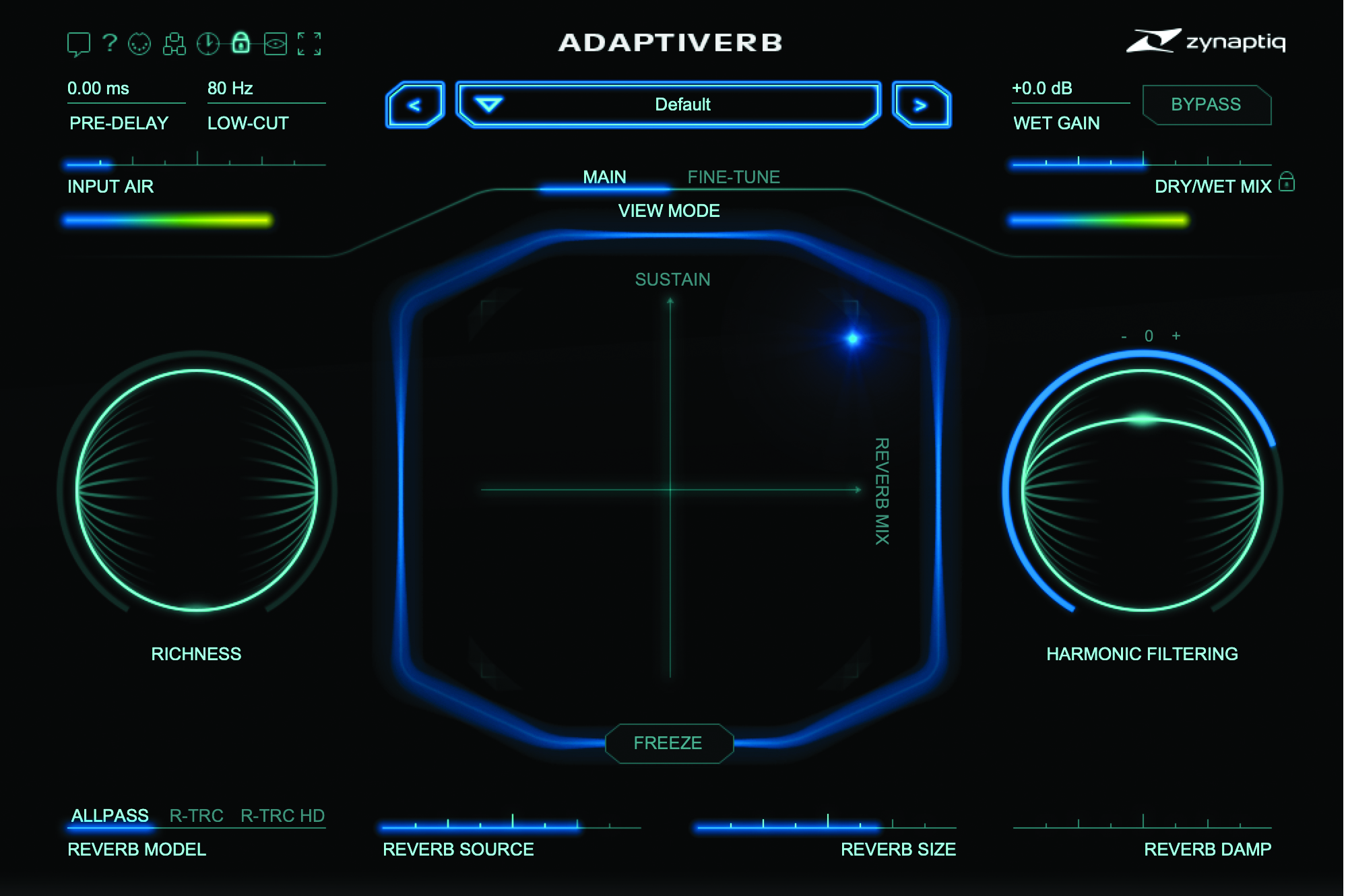
Step 1: Adaptiverb is among the most impressive of AI plugins. Unlike other reverb plugins, Adaptiverb isn’t designed to give you replications of spaces, but rather modify itself naturally to your track.

Step 2: Taking a top down look at the plugin’s UI, we can see its main view is divided into several specific sections, with Input/Output on the top left and right respectively, and a large X/Y grid in the centre of the view.

Step 3: This X/Y panel lets you adjust two parameters of Adaptiverb at once, dragging the speck of light horizontally adjusts parameter 1, while vertical dragging affects parameter 2.
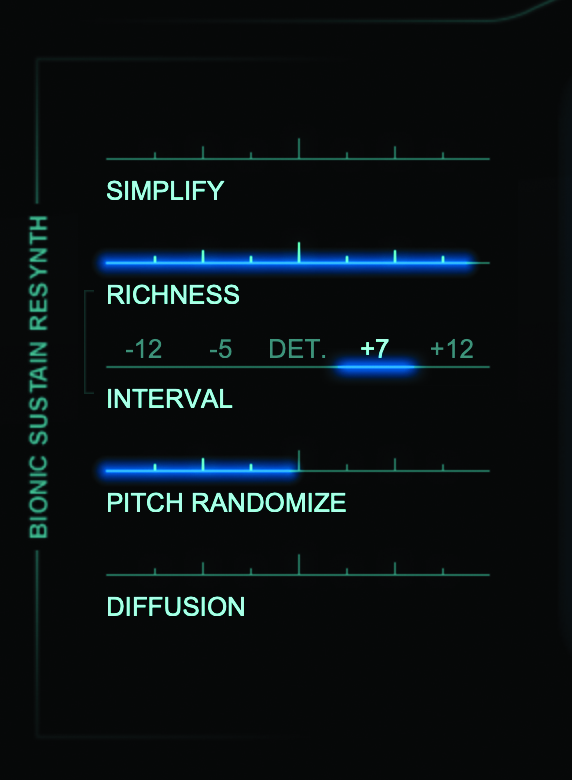
Step 4: On one side of the X/Y panel we can see the Bionic Sustain Resynth, a new type of synthesised reverb that adds no intrusive frequencies of its own. This engine is founded on smart AI that can generate an impeccable reverb tail, based on the input signal.

Step 5: The Reverb controls at the bottom of the UI allow us to scale between three different reverb types: All Pass (standard all pass filtering reverb), Ray Trace and Ray Trace HD. These are 3D modelled based on tens of thousands of specific room details.
Want all the hottest music and gear news, reviews, deals, features and more, direct to your inbox? Sign up here.
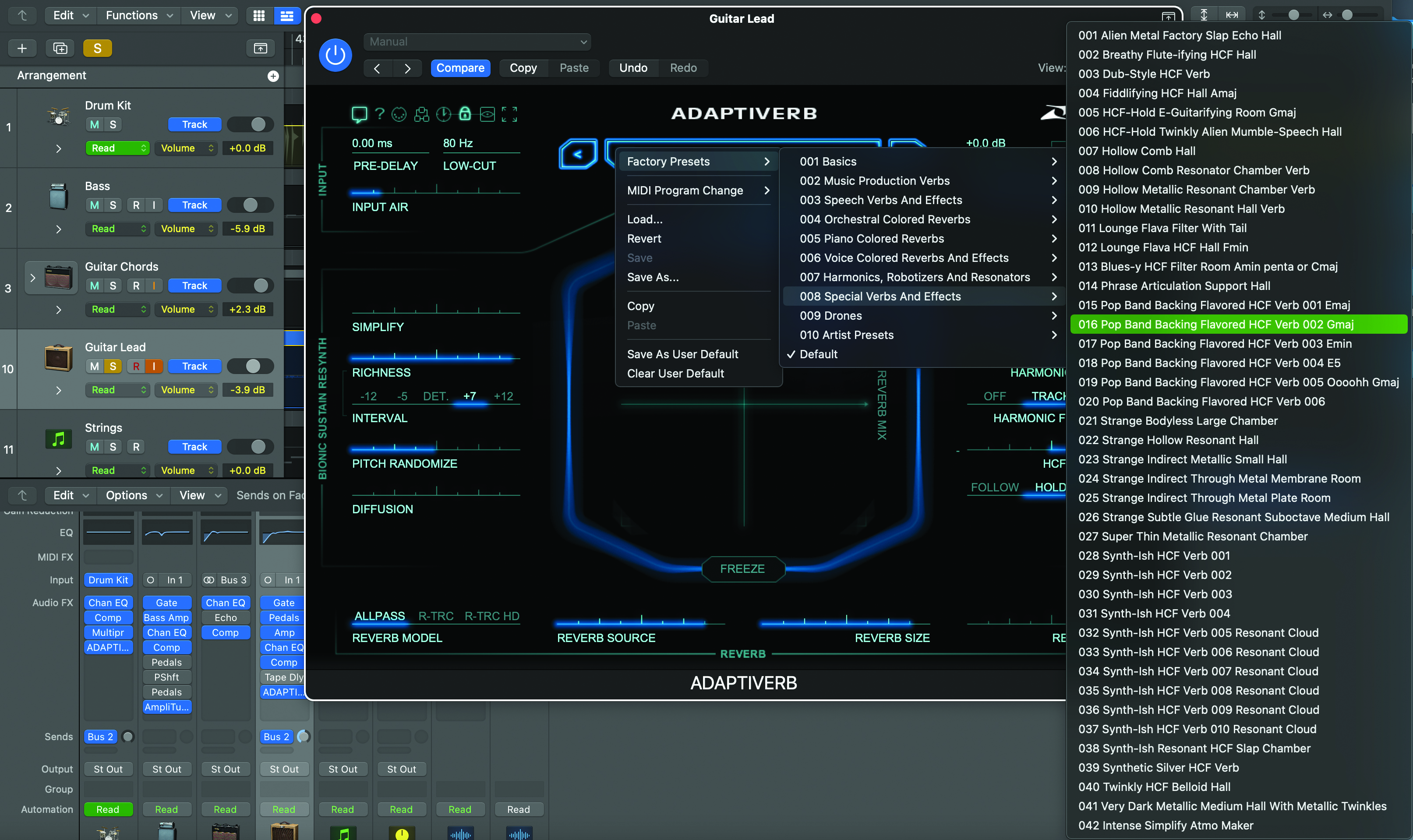
Step 6: Delving into Adaptiverb’s numerous deep presets is a good way to help get a handle on how the plugin can be morphed in a creative context – these are perfect starting points to use as a bedrock for fine-tuning.
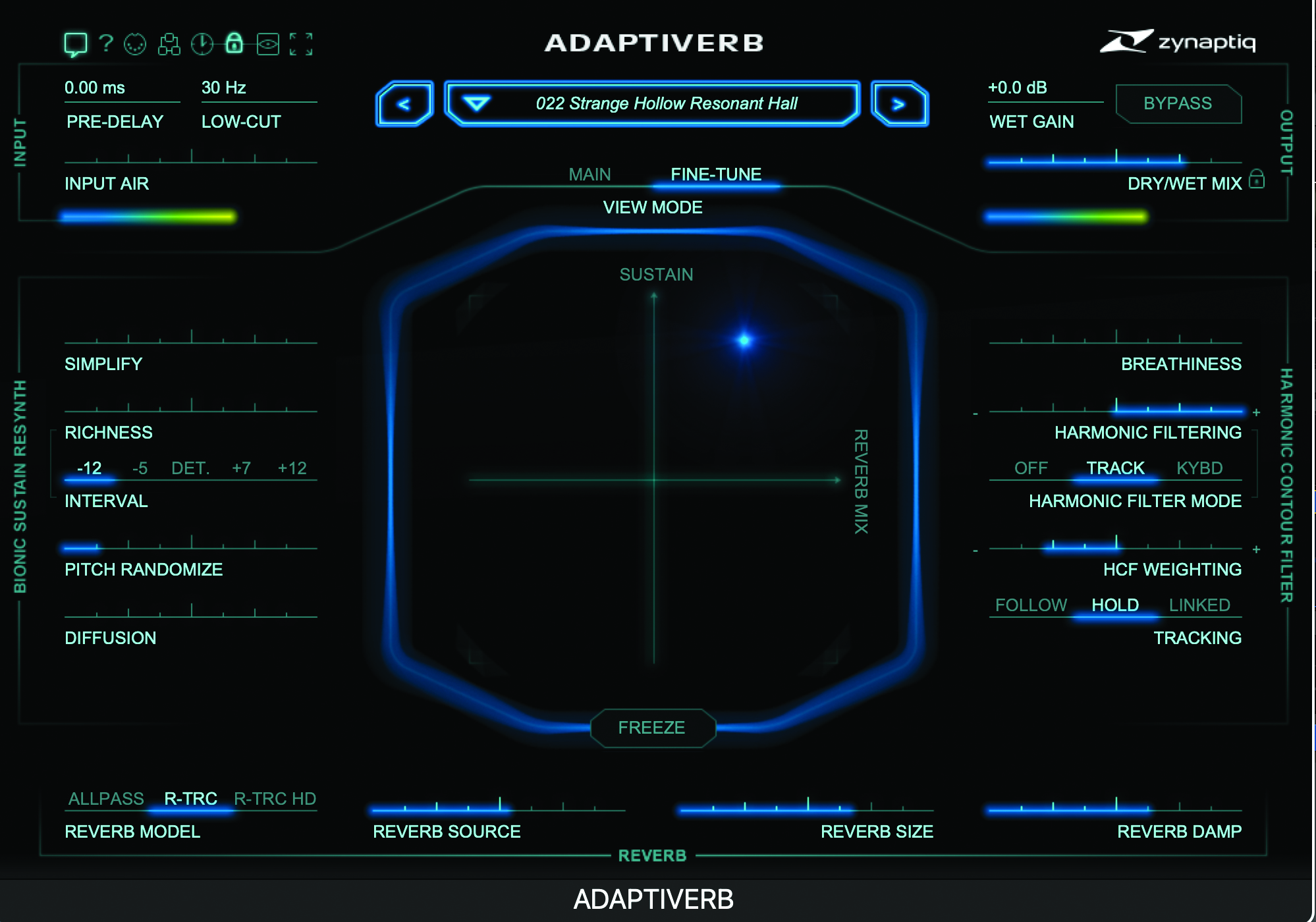
Step 7: With a preset in place, you can adjust the Dry/Wet Mix slider in the output channel in order to hear how the reverb can totally transform or enhance your sound, or navigate the X/Y panel to find your sweet spot.
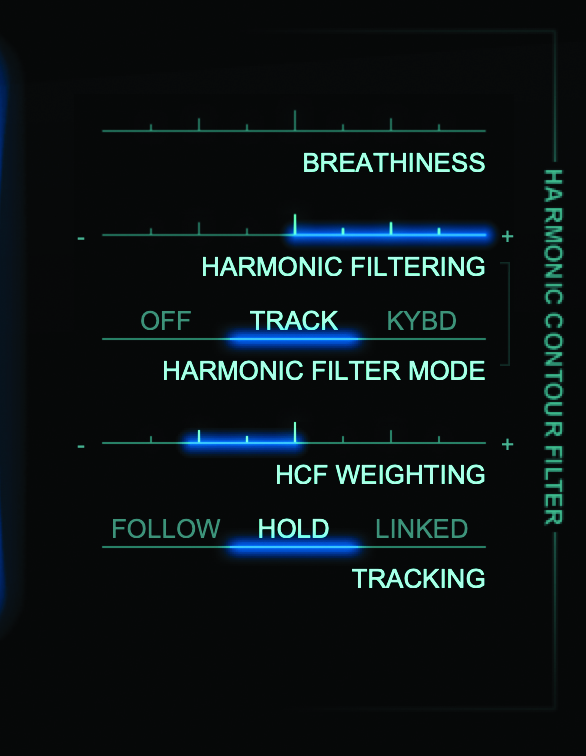
Step 8: In the Harmonic Contour Filtering section we can add back in any high frequency noise from the input that might have got lost during Adaptiverb’s smart removal process, as well as additional harmonic filtering options.

Step 9: While its results are dependent on the specific flavour of input you throw at it, Adaptiverb is a hugely flexible sound design tool and creative reverb, and as we’ve illustrated, gives you enough hands-on tools to work with its algorithms.
Computer Music magazine is the world’s best selling publication dedicated solely to making great music with your Mac or PC computer. Each issue it brings its lucky readers the best in cutting-edge tutorials, need-to-know, expert software reviews and even all the tools you actually need to make great music today, courtesy of our legendary CM Plugin Suite.
